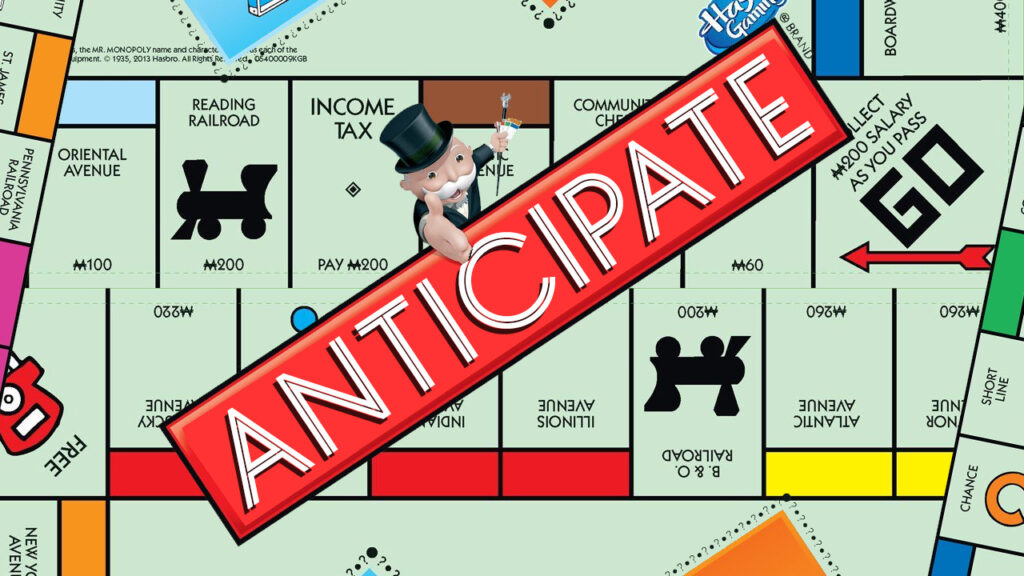What is a POV Statement?
According to the Interaction Design Foundation, a non-profit professional organization dedicated to educating tech designers on how to make more people-oriented and user-friendly products, a Point Of View (POV) is a meaningful and actionable problem statement, which will allow you to ideate in a goal-oriented manner.
The POV captures your design vision by defining the RIGHT challenge to address in the ideation sessions. A POV frames a design challenge into an actionable problem statement. A POV is formed by combining knowledge about the user you are designing for, his or her needs and the insights which you’ve come to know in your research. The POV is critical because it is the underlying actionable problem statement that will drive the project’s design and development work.
You articulate a POV by combining these three elements – user, need, and insight.
But what is a need statement without a formula for a solution? A complaint. “Complaints” are the annoying loud cousin of the more useful and prettier “Request”. “Request” is a bit more mature than “Complaint”, “Request” understands the need and asks for an action to be taken. The action requested may be wrong, “Request” may also be under the influence of “Assumptions”, but it is still further along the path to a solution than complaints.
As my mom used to say “Que va hacer? Siempre quejándose…“ roughly translated from Spanish: ‘What are you going to do? Complain all day?” In response, we form a question…What should I do then?” Or “How might I not complain all day?” The POV question asks for a solution from the complainer’s perspective. In my opinion, this section of the problem statement is very important and must follow the need statement in order to create a proper and actionable problem statement. The “How Might We…” POV question identifies the goal and narrows the focus without prescribing a solution. Something like “Shawn sticks his hands in his pockets and kicks rocks all day because he feels people are crazy. How might we prevent Shawn from kicking rocks all day?”
The POV question does two things. First, it helps transition from the need to the action. It is the first step on a path to a solution. Second, it sets the goal. Notice how in our question we are not tackling the goal of “making people sane” or making Shawn “feel people are less crazy”. These may be impractical and beyond scope. We have crafted our question only to address the resulting behavior and the answers are open to further interpretation and exploration. They may include “Make Shawn happier”, or “Make it illegal to kick rocks” or “Give Shawn another outlet and keep him busy”. These may be within scope.
How to craft a POV Statement.
So, I have found that problem definitions have a clear two-part structure: The problem statement (based on need) and the point of view question (based on goal). Here is how to do it in three easy steps:
- Look at the specific needs of a user
- Think about what might meet the users’ needs.
- And fill in the following statement: user + need + insight
Examples:
In part 2 of our problem definition series. I was tasked with forming POVs for three mobile apps. By conducting some research on the app stores, using real reviews, I read through the reviews of an app and sort useful comments into “Positive,” “Negative,” and “Constructive.” Personally, I am very interested in vector-based art and illustrations. I believe the new standardized browser support for the .svg format, svg/css animations and HTML5 canvas is going to usher a new era of a more beautiful internet. Many of the challenges related to size, bitmap resolution and scale will fade away as web page elements traditionally built with jpegs and gifs will be replaced with .svg file type. I wondered if I could create SVGs on the go. Looking forward to a crisper, scalable future, I used this opportunity to check out some vector illustration apps and see how much I could prepare in advance for the horizon.
In the embedded presentation below, I looked at Adobe Draw, Vectornator X and Assembly creation tools for the iPad. The criteria for my app selection limited, they needed to have over a thousand reviews and had to export or save as svg. After performing a quick search for “Vector drawing app svg”, these three among the top hits. There are more apps below and reviews in the resources. After each section of categorized reviews, you can see my POV statements for each. Please look around and see if you can create some POVs on your own, as you can see, there is a ton of available data just in reviews. The same methodology can be used for physical products and services, the hard part is making them short and effective enough to stop kicking rocks and kick start ideation!
Resources & References
Stage 2 in the Design Thinking Process: Define the Problem and Interpret the Results. (2019, September 28). Retrieved from https://www.interaction-design.org/literature/article/stage-2-in-the-design-thinking-process-define-the-problem-and-interpret-the-results
POV Statements. (2019, September 28). Retrieved from https://dschool-old.stanford.edu/groups/k12/wiki/41a18/POV_Statements.html
Check out the translation for “quejandose” on SpanishDict! (2019, September 28). Retrieved from https://www.spanishdict.com/translate/quejandose
What does quejándose mean in Spanish? (2019, September 28). Retrieved from https://www.wordhippo.com/what-is/the-meaning-of/spanish-word-76e837507ef80e1a62369510a9d3855961fe9af8.html
Tools
Dove, J. (2019). The best drawing apps for the iPad Pro. Digital Trends. Retrieved from https://www.digitaltrends.com/mobile/best-ipad-pro-drawing-apps
A Practical Guide to SVGs on the web. (2017, January 14). Retrieved from https://svgontheweb.com
Everything You Need To Know About SVG | CSS-Tricks. (2019, September 28). Retrieved from https://css-tricks.com/lodge/svg
Stewart, C. (2019). 19 best drawing apps for iPad. Creative Bloq. Retrieved from https://www.creativebloq.com/digital-art/art-on-the-ipad-1232669
The 6 best Android apps for artists. (2019, September 28). Retrieved from https://www.digitalartsonline.co.uk/features/creative-software/best-drawing-painting-apps-for-android
The 15 best apps for drawing and painting on your iPad. (2019, September 28). Retrieved from https://www.digitalartsonline.co.uk/features/illustration/best-apps-for-drawing-painting-on-ipad-2019
Recent Posts from the Graduate Series:
 The Shenandoah Valley Report – Content Strategy Project - Module 7 - Content Strategy with Professor Phillip Simon Delivering on an RFP. In this post, I am sharing my…
The Shenandoah Valley Report – Content Strategy Project - Module 7 - Content Strategy with Professor Phillip Simon Delivering on an RFP. In this post, I am sharing my…  Anticipatory Design – Good Help is Hard to Build. - Great Service is User-Centered You wake up in the morning and coffee is brewed, breakfast is ready and the morning…
Anticipatory Design – Good Help is Hard to Build. - Great Service is User-Centered You wake up in the morning and coffee is brewed, breakfast is ready and the morning…  The Case for Space: DataViz Final Project - STORYTELLING THROUGH VISUALIZATIONS Sourcing Data My final project and very first interactive data story will be about the long term…
The Case for Space: DataViz Final Project - STORYTELLING THROUGH VISUALIZATIONS Sourcing Data My final project and very first interactive data story will be about the long term…